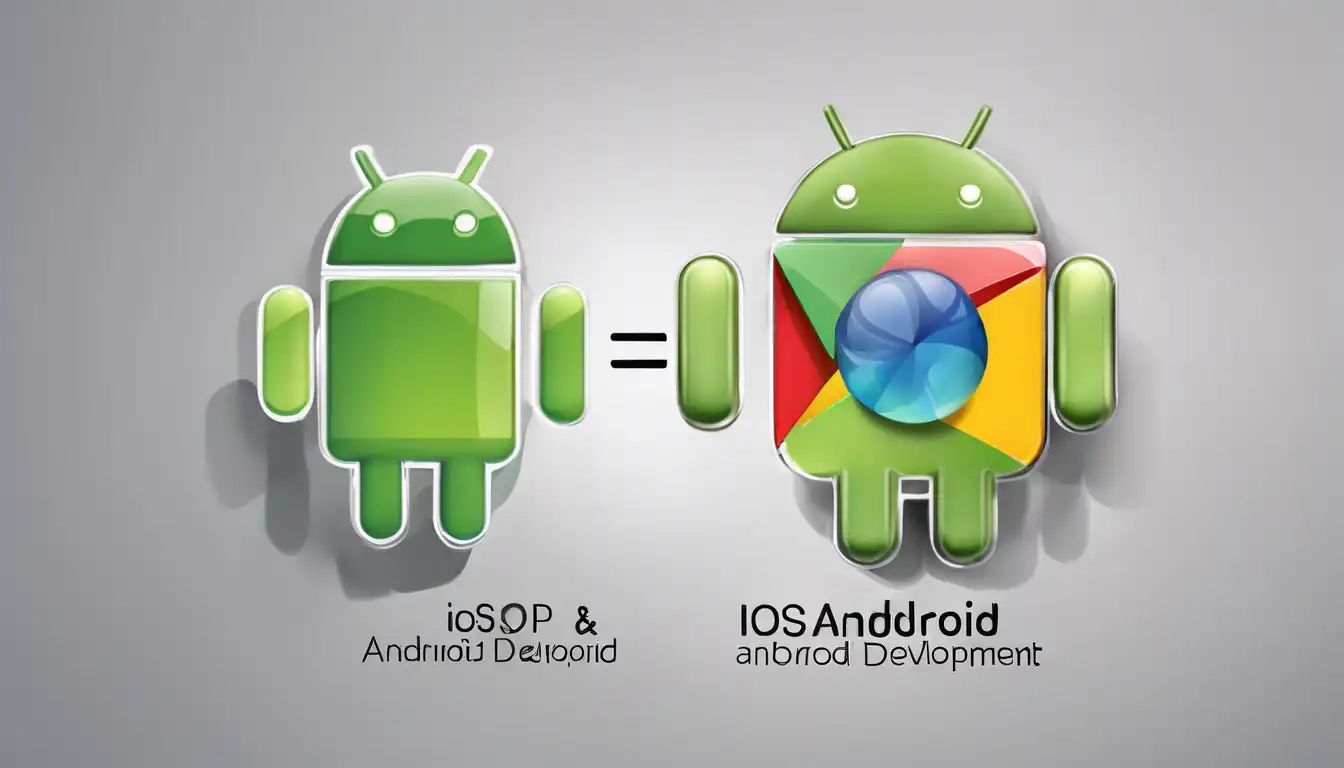Understanding iOS and Android Development
When it comes to mobile app development, iOS and Android stand out as the two dominant platforms. Each has its unique ecosystem, development tools, and programming languages, making the choice between them crucial for developers and businesses alike.
Development Languages
iOS apps are primarily developed using Swift or Objective-C, languages designed by Apple for its ecosystem. On the other hand, Android apps are mostly written in Java or Kotlin, offering a different approach to app development.
Development Environments
Apple provides Xcode as the integrated development environment (IDE) for iOS, which is exclusive to macOS. Android developers use Android Studio, which is available on multiple operating systems including Windows, macOS, and Linux.
User Interface Design
iOS and Android have distinct design philosophies. iOS follows Apple's Human Interface Guidelines, emphasizing clarity and depth. Android adheres to Material Design principles, focusing on a more flexible and adaptive interface.
App Distribution
The App Store for iOS and Google Play for Android are the primary distribution channels. Each has its review process, with Apple's being notably more stringent, affecting how and when apps are published.
Market Share and Monetization
Android leads in global market share, offering a broader audience but with more fragmentation. iOS users tend to spend more on apps, making it a lucrative platform for monetization strategies.
Performance and Optimization
iOS devices are limited in variety, allowing for easier optimization. Android's vast device ecosystem requires more extensive testing to ensure compatibility and performance across different hardware.
Security
iOS is known for its stringent security measures, including a closed ecosystem and rigorous app review process. Android offers more flexibility but requires developers to pay extra attention to security.
Choosing the Right Platform
Deciding between iOS and Android development depends on your target audience, budget, and app requirements. Consider the differences in development languages, environments, design guidelines, and monetization opportunities to make an informed decision.
For more insights into mobile app development, check out our technology section.
